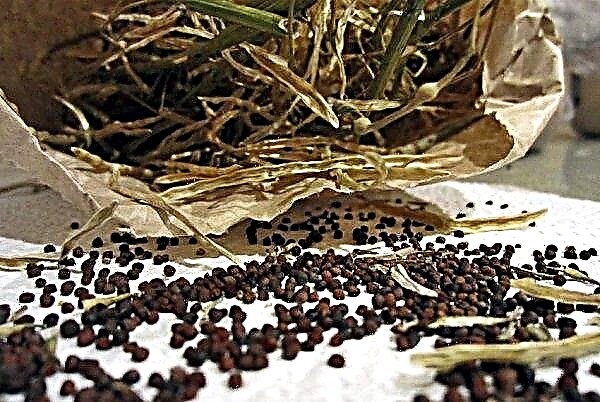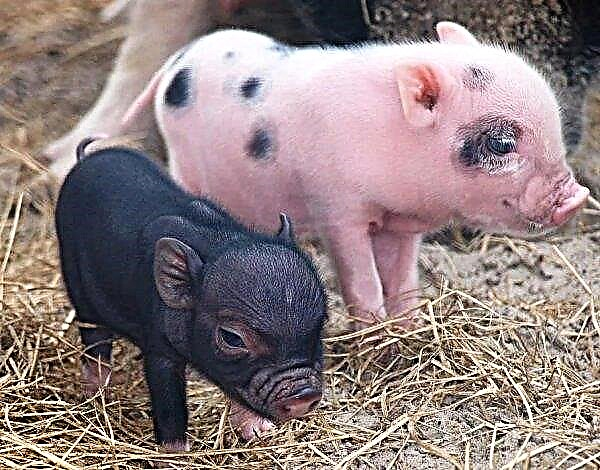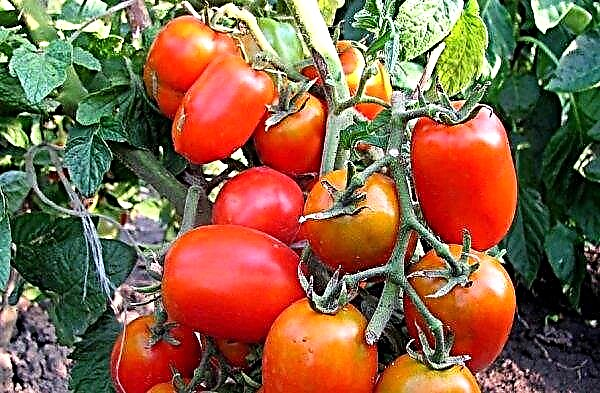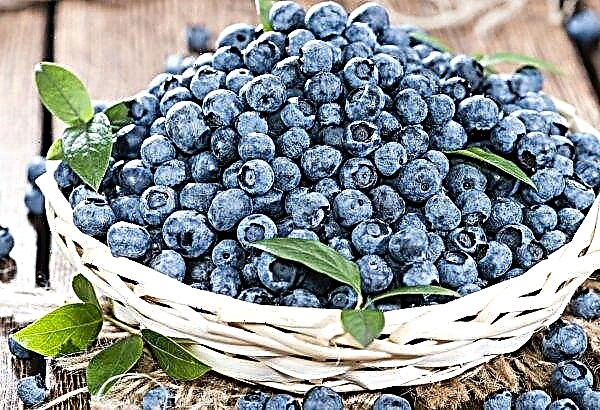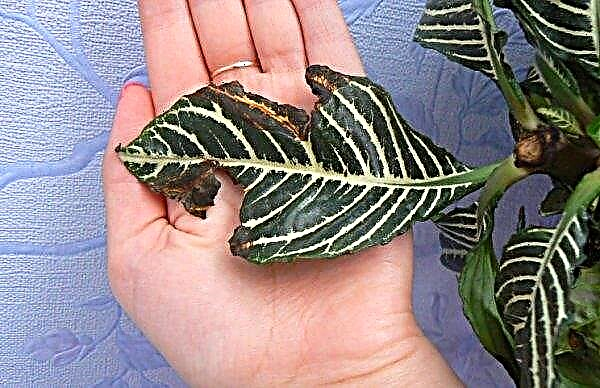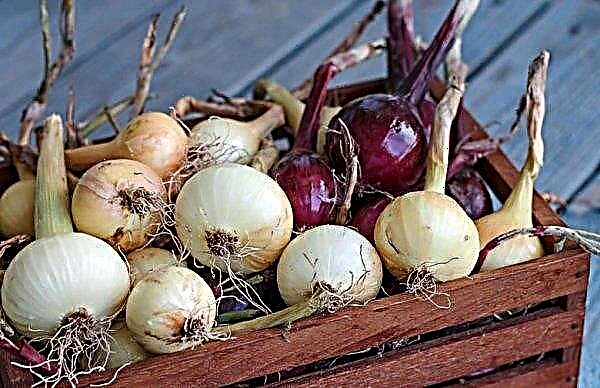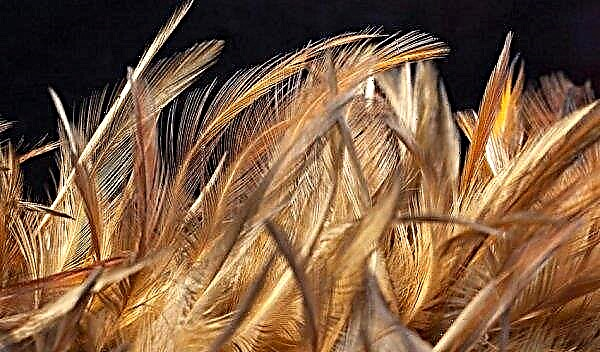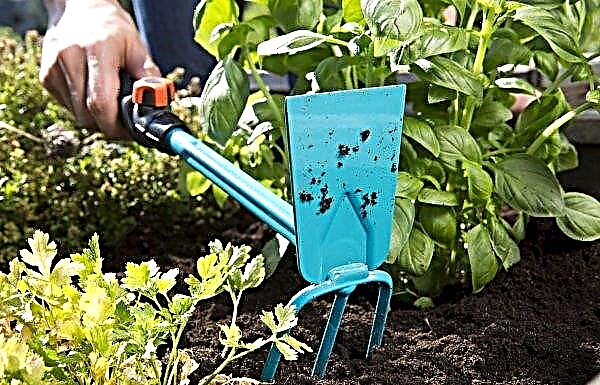Phosphorus is the most important component that affects the development processes and further vegetation of plants. The element helps to increase crop yields, their resistance to various diseases. Affects the growth of plants, guarantees the formation of a complete root system and the ground part. This article is devoted to mineral fertilizer - superphosphate and its varieties.
What is superphosphate?
For vegetation of fruit and ornamental crops, nutrients are needed, one of which is phosphorus. This chemical element itself is basic in superphosphate fertilizers.
Today, a variety of organic substances with phosphorus are sold in gardening stores. However, superphosphate is among the first nutrients.
In addition to the growth element (P), phosphate fertilizers may include:
- sulfur (S);
- Manganese (Mn);
- calcium (Ca);
- molybdenum (Mo);
- boron (B).
During the fruiting period of the cucumber culture, it is necessary to add organic matter containing phosphorus and potassium. Rules of application: 10 g / m² in rows when sowing, or 5 g per hole when planting seedlings; 20 g / m² with subsequent top dressing. If there is not enough element in the ground for growth, the leaves are dark green, small, compacted, twisted down, with scarlet veins. When dried, the leaves turn black.
Did you know? To find out if there is an excess of phosphorus in the soil, a “bio-test” will help, which is as follows: radish is sown on the site. If at the same time the specimens of shooters exceed 5% of the total number of root crops, then there is a lot of phosphorus in the soil.
Superphosphate Purpose
Phosphoric salts are indispensable for the normal formation of cultivated plants. Organics with the entry of nutrient P is necessary:
- for metabolic processes;
- crop increase;
- formation of powerful roots;
- fruit development;
- increase resistance to diseases and harmful insects;
- saturation of plant organisms with microelements;
- improving the taste of the fruit.

Varieties of superphosphate for cucumbers
All varieties of superphosphate differ in chemical composition. Further, information is provided on the four main varieties of phosphate fertilizers.
Simple superphosphate
A simple mineral substance is also called monophosphate. The drug is sold in powder form and has a gray color. The substrate is resistant to caking provided that the humidity in the room is up to 29%. Fertilizer includes from 10 to 20% phosphorus, up to 10% sulfur and about 8% of nitrogen compounds. The use of this type of fertilizer is characterized by lower efficiency, but is cheaper.
 Under vegetable crops, 20-30 g / m² is applied
Under vegetable crops, 20-30 g / m² is applied
Dual superphosphate
This type of fertilizing contains 45% of the main component of phosphorus, in the form of oxide, as well as calcium, magnesium. Double mineral phosphorus fertilizer is able to “saturate” the soil in the shortest possible time, it does not caking and does not undergo leaching. It can be applied in the form of liquid top dressing, as a result of which beneficial substances will be absorbed in full by the root system of plants.
 Compared to simple superphosphate, this fertilizer is considered much more concentrated.
Compared to simple superphosphate, this fertilizer is considered much more concentrated.
Granular Superphosphate
Fertilizer is obtained from simple superphosphate by adding water to the powder fraction. After that, they place the substance in a drum where the granulation of the wet powder takes place. The amount of phosphorus - about 30%, contains a ballast limestone mineral (calcium compound).
Mineral top dressing is used for preplant and subsequent fertilizer crops. A productive method for the fast “delivery” of phosphorus is foliar application (sprinkling of leaflets). Prepare a mixture of 20 tbsp. l described fertilizer and 3 liters of hot water (1 tablespoon contains 18 g of powder containing phosphorus).
Ammonized Superphosphate
This phosphate compound contains 3% nitrogen, 17% phosphorus, 18% sulfur and over 50% calcium sulfate. The substance is used to regulate the acid-base balance of the soil; increased acidity is neutralized by ammonia, which is present in ammoniated superphosphate. Most suitable on alkaline and neutral soils. To increase the effect of the substance on acidic soils, it is introduced together with phosphate rock, chalk, humus.
Important! Before sowing seeds, transplanting seedlings, it is necessary to add 30 g of ammonium nitrate, 20 g of potassium sulfate and 30 g of phosphate additive per one square meter into the soil. And when the first four leaves are formed, then you need to spill the soil with a solution of 25 g of phosphate top dressing, 20 g of potassium sulfate and 10 liters of water. Before using phosphoric compounds, soil acidity must be measured.
Dosage Standards for Cucumbers
To prepare the solution, you need to take the drug in the form of granules. A powdery fraction of the substance is not used, since there is a lot of gypsum. The result is a large amount of sediment from an insoluble preparation. The resulting suspension must be filtered. The finished mixture will be similar in consistency to fat milk. Cushion pods dose: 20 g / m².
In autumn, 45 g per 1 m² of land for digging is applied. In spring, this amount can be reduced to 40 gr. In very poor soils, the amount of this fertilizer can be increased. In order not to dissolve the organic matter every time, you can make a concentrate. How to dilute the drug is described below.

You will need 350 grams of mineral dressing and 3 liters of boiling water. Stir for a quarter of an hour so that the granules dissolve as completely as possible. Before use, this concentrate must be diluted with 100 g of concentrate per 10 l of water. When fertilizing the soil in spring, it is preferable to supplement 15 g of urea with this concentrate, and in the fall - 450 g of wood ash.
Features of feeding
The substance for the development of plants must be properly prepared. Phosphorus-based dressing can be used when growing cucumbers in the greenhouse method, or in open soil.
In the greenhouse
Fertilizers are added up to 4 times during the growing season. Advantage must be given to organic complexes. All dressings must be prepared strictly according to the instructions. As a nutrient solution for cucumbers, you can use ready-made complex compounds, or make them yourself.
 Is it possible to use nitrogen and boron as fertilizers? To improve the beds with cucumbers, you can use the following composition: 60 g of fertilizer with fluorine content, 30 g of potassium nitrate, 1 g of boric acid, 0.4 g of manganese sulfate (based on a bucket of water)
Is it possible to use nitrogen and boron as fertilizers? To improve the beds with cucumbers, you can use the following composition: 60 g of fertilizer with fluorine content, 30 g of potassium nitrate, 1 g of boric acid, 0.4 g of manganese sulfate (based on a bucket of water)
In the open ground
According to the usual scheme, cucumbers on beds are fertilized twice: during transplantation and after a break of 2 weeks. Several components are used as the first manipulation: 45 g of a phosphorus-based preparation is mixed with 25 g of nitrate, 15 g of potassium fertilizer. After a break, fertilize the ridge using chicken droppings or 1: 8 manure (organic water). If the leaves wilted or changed color, this indicates a lack of nutritional components.
Important! It is forbidden to introduce phosphate fertilizers and urea at the same time - this will lead to acidification of the soil layer. But potash fertilizer can be applied. Autumn introduction of potassium in chloride form along with phosphorus contributes to better absorption of elements.
The best option for feeding cucumbers is the use of substances with the content of P. The lack of this nutrient in the soil leads to the formation of thin shoots, dumping foliage. In this case, you should feed the cucumber plantings with phosphate fertilizer and mulch the soil with peat, followed by its incorporation into the ground.

Feeding cucumbers with fertilizers containing P (phosphorus) in their composition is an important step in the care of garden crops. Thanks to top dressing, you can get a crop of excellent quality, and plants will be less exposed to the negative effects of climate, attack by insects and diseases.

